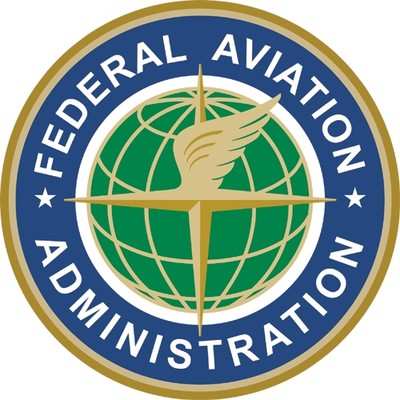Mon, Mar 17, 2014
Agency Says Strategic Initiatives Are In Place To Meet Demand
The FAA's annual forecast shows the nation’s aviation system will continue to grow over the next two decades with a greater number of people expected to fly more miles each year.

“The aviation forecast is strong and we predict the use of our airports and airplanes will only rise, which is why we are committed to investing in aviation and taking the steps necessary to maintain improvement in the industry,” said U.S. Transportation Secretary Anthony Foxx.
The aviation standard for measuring air travel volume is Revenue Passenger Miles (RPMs). An RPM represents one paying passenger traveling one mile. For the U.S. carriers as a whole, the agency’s FAA Aerospace Forecast Fiscal Years 2014 to 2034 projects RPM growth to average 2.8 percent per year from 2014 through 2034. U.S. carrier RPMs in 2034 are expected to be approximately 76 percent higher than the 2013 level. According to the forecast, the total number of people flying on U.S. airlines will increase by 0.8 percent from 2013 levels to 745.5 million in 2014 and grow to 1.15 billion in 2034.
“With healthy growth projected in air travel, the FAA has a tremendous opportunity to make a major difference in the industry,” Administrator Huerta added. “As the system becomes more complex, we’ll look to new technologies to meet the growing demand for safe and efficient air travel here at home and around the world."
To help the FAA and the aerospace system better prepare for the forecast growth and future changes in the industry, Administrator Huerta has outlined four key strategic initiatives to meet America’s growing reliance on air travel.
The initiatives are:
- Raising the bar on safety by proactively using safety management principles to make smarter, risk-based decisions throughout the agency and with industry and global stakeholders.
- Rebalancing existing services and modernizing our infrastructure including advancing NextGen, to reduce costs and become more efficient in the long run, as we safely integrate new types of users into the nation’s airspace.
- Building on America’s history of leadership in shaping international standards to continue to improve aviation safety and efficiency around the world.
- Attracting and developing the best and the brightest talent with the appropriate leadership and technical skills to undertake the transformation of America’s national aviation system.
In addition to an increase in passengers, air cargo traffic, as measured by Revenue Ton Miles (RTMs – one ton of cargo flown one mile) is expected to more than double by 2034 at an average growth rate 4.1 percent. The forecast also shows that the average percent of seats filled per flight reached a record level of 83.2 percent in 2013. These load factors are expected to reach 83.8 percent in 2034. Landings and take-offs at FAA-operated towers and FAA contract towers are expected to increase from 49.9 million in 2013 to 61.9 million operations in 2034.
More News
Terminal Radar Service Area Airspace surrounding designated airports wherein ATC provides radar vectoring, sequencing, and separation on a full-time basis for all IFR and participa>[...]
Very High Frequency (VHF) The frequency band between 30 and 300 MHz. Portions of this band, 108 to 118 MHz, are used for certain NAVAIDs; 118 to 136 MHz are used for civil air/grou>[...]
“From approximately November 2021 through January 2022, Britton-Harr, acting on behalf of AeroVanti, entered into lease-purchase agreements for five Piaggio-manufactured airc>[...]
Also: Virtual FLRAA Prototype, IFR-Capable Autonomous A/C, NS-32 Crew, Golden Dome Missile Defense Bombardier announced that the first production Global 8000 successfully completed>[...]
Aero Linx: The 1-26 Association (Schweizer) The Association’s goal is to foster the helpfulness, the camaraderie, and the opportunity for head-to-head competition that is fou>[...]
 ANN's Daily Aero-Term (05.29.25): Terminal Radar Service Area
ANN's Daily Aero-Term (05.29.25): Terminal Radar Service Area ANN's Daily Aero-Term (05.30.25): Very High Frequency (VHF)
ANN's Daily Aero-Term (05.30.25): Very High Frequency (VHF) Aero-News: Quote of the Day (05.30.25)
Aero-News: Quote of the Day (05.30.25) Airborne 05.23.25: Global 8000, Qatar B747 Accepted, Aviation Merit Badge
Airborne 05.23.25: Global 8000, Qatar B747 Accepted, Aviation Merit Badge ANN's Daily Aero-Linx (05.30.25)
ANN's Daily Aero-Linx (05.30.25)



